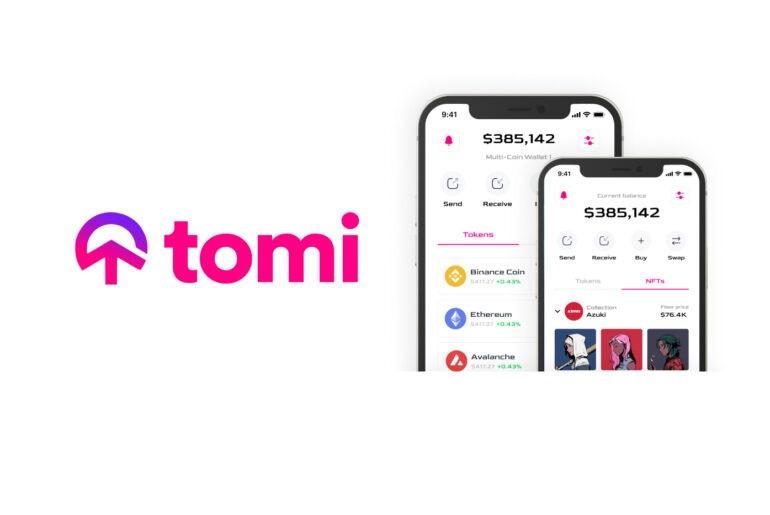The European Commission announced Tuesday plans to capitalize on “Web4.” What does that mean, you might ask? The EC defines Web4 as a blend between artificial intelligence (AI), the internet of things, blockchain, virtual worlds, and extended reality capabilities.
If that sounds an awful lot like the loosely defined Web3 with the added element of AI to you, you’re not alone. But the new terminology isn’t what’s interesting here—it’s that the EC is onto something that much of the blockchain industry has understood for quite some time. The age of the internet that is dominated by data-scraping social media giants is coming to an end, and a new version of the internet is on its way.
The question, however, is what shape the new iteration of the internet will take. The EC lists privacy in its press release about its new Web4 strategy only once, alongside the word “disinformation,” in a quote from Margrethe Vestager, Executive Vice-President for a Europe Fit for the Digital Age.
It’s safe to say combatting surveillance isn’t at the top of its wish for this so-called “Web4.” But one Web3 platform called tomi has built a surveillance-free alternative internet infrastructure governed by a DAO, and it’s now announcing it has opened auctions for top-level domain names on its tDNS (tomi Domain Name System) platform. Through the auction process, users and businesses can bid to secure the .com or .tomi address of their choice until May 2024.
The traditional internet has made today’s world unrecognizable since even the 1990s by democratizing access to information. Since the U.S. Patriot Act was signed into law in 2006, however, government and corporate surveillance has slowly come to define the internet experience, as surfaced in high-profile revelations like the Edward Snowden leaks and countless others. Governments and corporations across the globe have also stepped up their surveillance efforts since the internet’s early days, drastically limiting user privacy.
tomi offers a different vision for the internet, one governed by the community that prevents surveillance and respects user privacy. In doing so, tomi also transforms the concept of domain ownership, empowering users to create domains that are subsequently sold at public auctions to the highest bidders. Other users can acquire these domains, maximizing the potential to own rare and invaluable addresses on tomi’s alternative internet network. The winning bidder owns the domain outright through a minted partner NFT, not a centralized registrar, and can then use the .com or .tomi domain however they choose.
The auction process:
- Mint a domain name NFT and become 25% partner: Any user can mint the domain with $100 of TOMI tokens. The first minter receives a Partner NFT with rights to lifetime royalties. On the first auction bidder, Partner receives 20% of the differential price, plus 25% in royalties of that sale price.
- Participate in the auction: Anyone can outbid a user for the domain with a minimum 15% bid increase, denominated TOMI. Sellers get a refund of their purchase plus 20% of the delta between their price and the new buyer’s price. The Partner receives 25% of delta royalties. Payments appear in the tDNS dApp to withdraw at any time.
- Place a bid and own a domain: When you win a bid at least 15% more than the previous price, the previous bidder receives their money back plus 20% of their price. When the auction closes on May 15, 2024, the highest bidder receives the URL domain and NFT permanently with no renewal fees.
Since tomi operates as a decentralized domain system in a digital universe parallel to the traditional internet, it is not subject to the regulatory system created by the Internet Corporation for Assigned Names and Numbers (ICANN) that governs the existing internet. As a result, any procedures, regulations, terms of use, user agreements, or other pseudo-regulatory instructions made by ICANN for the traditional internet do not apply to tomiNet.






